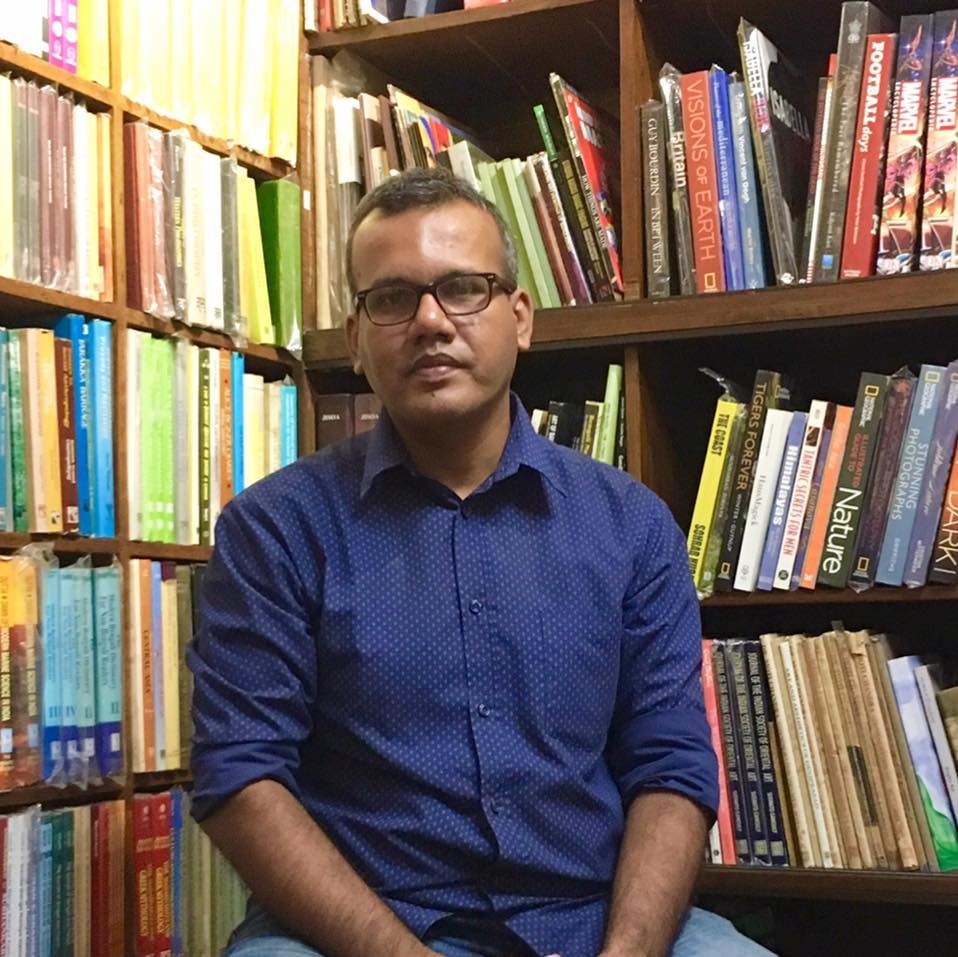
Bangladesh, East Pakistan, East Bengal – a fountain pen Odyssey down the ages.
Dhaka, Bangladesh. To some, it is the city of Muslin, to others, of minarets and mosques. The city is a living, thriving heritage – a mute spectator of the making of history from a day the capital was shifted here from Rajmahal. While its history as a capital is only four centuries old, as a city it has existed for more than six hundred years – a story to unfold whose finer nuances, one has to make a trip back in time, walk the ancient lanes and by lanes of its fascinating socio-cultural, economic timeline.
There is little practical evidence of Dhaka’s tryst with modern education before 1835, when in the backwaters of erstwhile East Bengal, the Government Collegiate School was established, heralding the beginning of Western, English education.
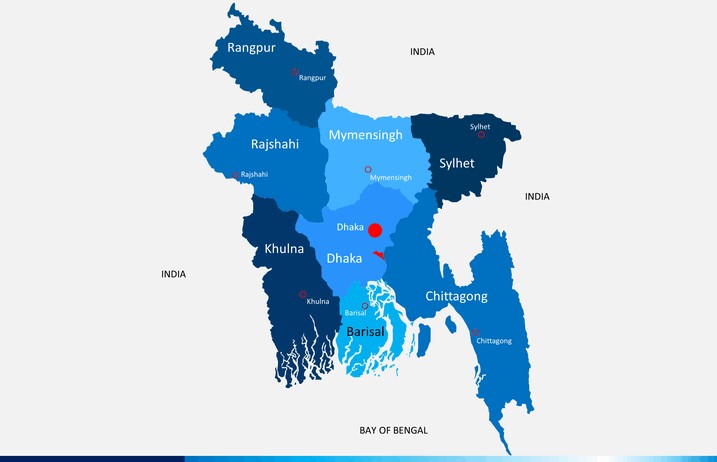
With the spread of Western Education another thing had walked in, almost unnoticed – writing instruments – the evolution of which, also tells the tale of the spread of westernised enlightenment in those days of yore. Within the broad category of writing instruments, again, the influence of fountain pens on science, technology, human resources, commerce and all related fields was unique. Its influence on the social structures of the day were not restricted only as a writing instrument, but had curved out a distinct status for itself, much bigger than what its innocuous size, or its ability to write would otherwise suggest. Often the apparently silent and stand-alone fountain pen was used as gift, as a bribe to grease the odd palm. It was, on the one hand an acceptable gift in weddings and other such social functions, while on the other, favours could be and were often purchased by the strategic gifting of a, say Waterman or Sheaffer. This was perhaps the reason behind the popularity of the elegantly golden pens, which were more often symbols of status, than mare instruments for writing. Fountain pens were thus, not restricted to being just writing implements, but were, the driving force behind many a transaction, often a conduit, of a much more commercial purport. As a matter of fact, the state of, and the spread of education on a purely localised basis can be studied by just following the contemporary history of the fountain pens. Besides, the study of pen and ink also helps create an idea about the socio-economic conditions that were prevalent in the time. It may be possible to clinically study about the official spread of education, but isolated from the parallel advancement of the pen and ink, the result of such an effort will certainly be devoid of its very soul. Who knows which particular pen was used to sign the surrender of the Pakistan army in 1971? Or, for that matter, which fountain pen may have signed the decree of the Partition? Who knows answers to how many such questions may be found hidden in the story of pen, paper and ink? We can only guess.
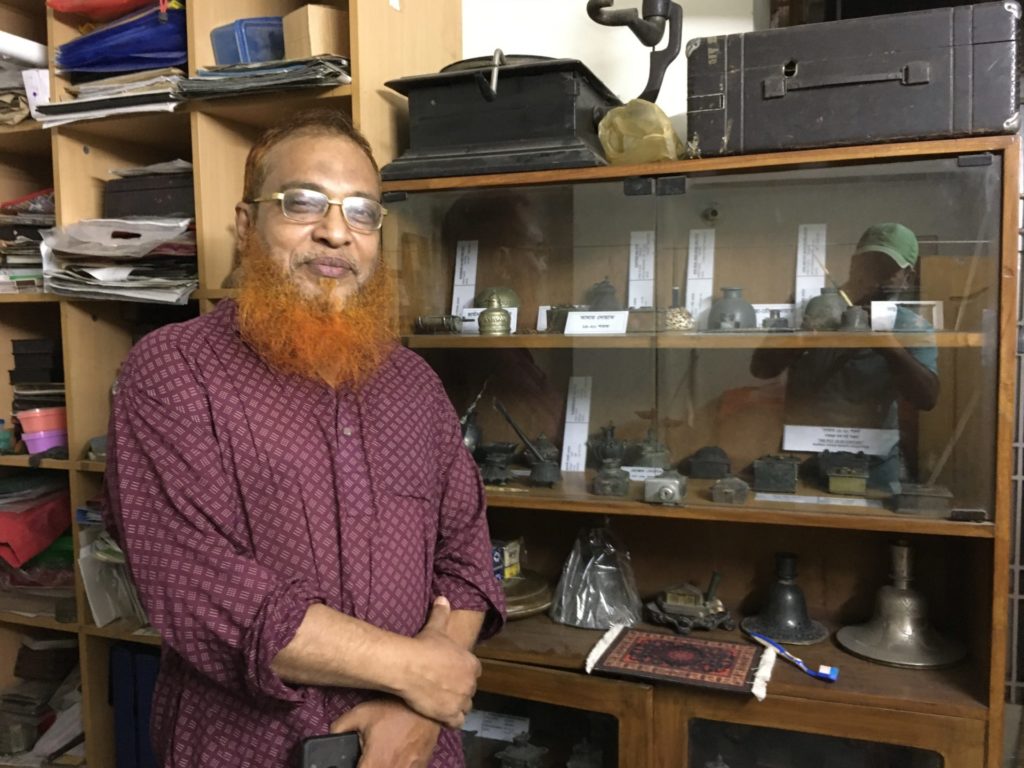
Nazmul Haque Montu
There are a passionate few, who scour the lanes of the vintage city in search of new avenues of enlightenment. In Dhaka, they are a part of a global network called Fountain Pen Culture, a brotherhood of volunteers and hobbyists. Celebrated collector, Nazmul Haque Montu, a respected member of this group, has in his collection, perhaps the most eclectic assortment of inkpots in the subcontinent, along with some of the rarest writing instruments from the last century. It has been my pleasure to have feasted my eyes on his collection while researching about fountain pens, and I would love to talk about only a part of his treasures in this piece to bolster the story that I am about to tell.
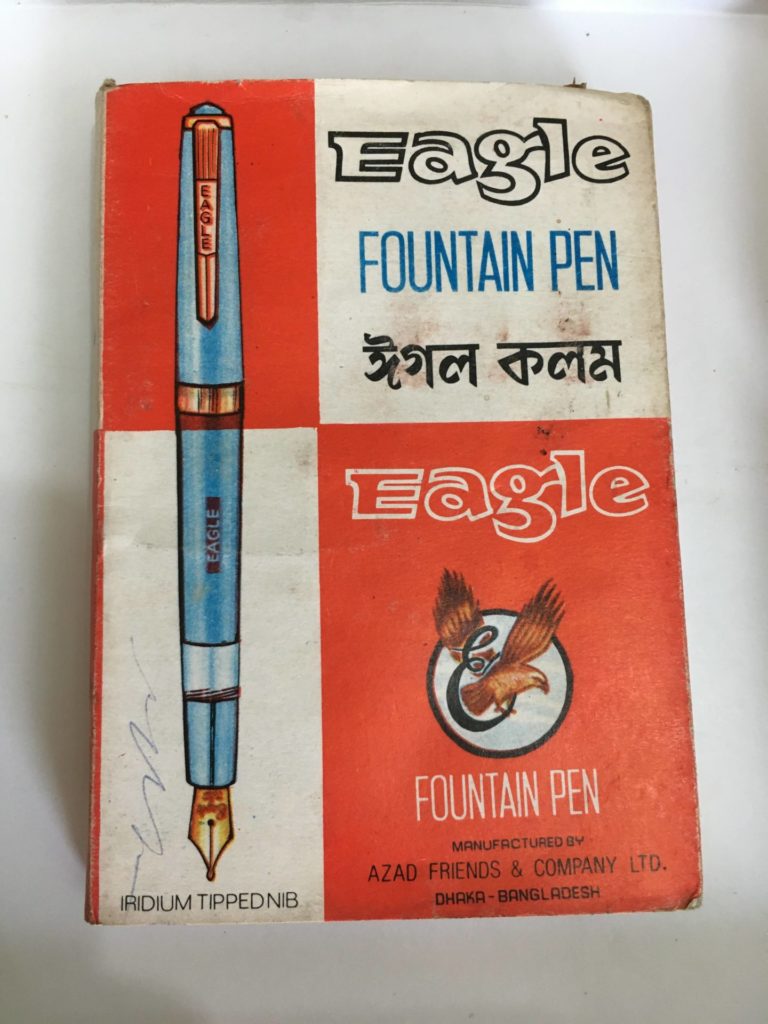
It was while digging up the history of fountain pens that I came to know that nibs were being regularly manufactured in erstwhile East Bengal. It is now established from the “Company” records that such nibs, manufactured in Faridpur, Barishal, Cumilla and various other centres of what is now Bangladesh, were highly acclaimed. It is a pity though, that though we know about the manufacture and marketing of nibs dating back to two hundred years, nothing much is known about the manufacture of fountain pens post 1947. After partition, when the map of East Bengal had been redrawn, before the birth of Bangladesh, much of her history had got muddled, as was the story of pen, paper and ink.
Initially, being socio-economic and academically a backward region of British India, East Bengal had very little supply of quality writing instruments. Due to an acute lack of a consumer class, the demand for such instruments was virtually non-existent. Only a few rich or a few highly educated were known to sport imported pens. Some pens, mostly made in Calcutta, Madras or Bombay were sourced from “mainland” India though. Desk, dip and fountain pens were also imported from London or America. However, import of such pens were exceptions, rather than the rule.
Desk pens were mostly known as “holder” pens and light desk pens, made of plastic were preferred in the official departments, where they used to occupy the pride of place on the tables of the high and the mighty, both in the public and the private offices. The practise of keeping different pens for different coloured inks was also a common one – black pens for black ink, red for red and so on. Outside the office, the instrument of choice was off-course the pocket pen. Armed with his ubiquitous umbrella, the clerk (a glorified scribe, no less) walking on the road was also identified by the golden clip of the pen peeping from his shirt pocket. The court rooms or the commercial offices too, displayed their expensive holder pens – for in those days of the past, the pen was as much an important gadget as it was a fashion statement.
Students naturally preferred more colourful instruments to write with. Stationery shops in Dhaka were known to cater to their demand with fashionable pens, both made locally and imported. For, slowly, but steadily, local production had also crept in to fill the void, though these factories primarily supplied locally made dip pen nibs and holders. Over a period of time, some of these factories had even done well enough to start competing with their counterparts in the principalities of Calcutta, Madras and Bombay.
As a fountain pen, in those days, was considered to be a lifetime gadget, acquisition involved the spending of a good amount of money. Being the principal mode of communication, the number of people willing to make such investments had also begun to rise, slowly leading to Dhaka’s markets filling up with pens. Post 1965, the import of fountain pens began to wane, which in turn had given a fillip to local industries and the increase in the availability of “Made in Dhaka” fountain pens.
After the formation of East Pakistan, some pen companies had sprouted, which were owned both by local Bengalis and non-Bengalis mostly from West Pakistan. Entrepreneurs from Karachi, Peshawar and Islamabad had set up Pen making facilities on the banks of Buriganga with mixed success, while some entities from West Pakistan had also introduced their existing brands from the West, to the East.
In terms of popularity though, the front runner those days was Eagle pens. While not much is known about them post 1947, elders fondly recall the different filling systems that their pens used to incorporate. It is said that they were very keen to learn about consumer preferences, and study the market dynamics, which was one of the reasons behind their runaway success and the goodwill they had generated.
After a free run of two decades, the Eagle’s flight was challenged by others, especially after Dhaka’s market got swamped by cheap pens. Eagle, which used to make sturdy piston fillers could not compete with the new entrants who needed far less working capital to run their businesses, which mostly comprised of assembly jobs. Besides, Eagle’s commitment to quality was also a costly affair and compromising on quality to meet the competition, was not something that the entity was keen on, which had started making things really difficult for it. To cap it all was the political situation of the time, with the mass agitation of ‘69 spiralling out of control, the Urdu speaking owners of Eagle were forced to wind up operations and relocate. It is said that they had restarted operations in Pakistan after 1971, though not much is known about that venture.
However, after independence and the formation of Bangladesh, Eagle had done a phoenix, for though the owners had left, the workers and their tools of trade were still there. A local entrepreneur, Haji Yusuf is said to have revived the brand in the Chalkbazar area and had regained, with sheer hard work, for the Bangladesh-made Eagle, most of its pristine glory.
Many other known and little-known brands were also available in Dhaka in the period between 1947 and 2005, though whether they were locally made or imported is mostly not established beyond doubt. These pens – ABC, Popular, Raja and Roxy – once vied for the eyeballs, displayed in the showcases of Baitul Mokarram, New Market, and different stationery shops in Old Dhaka, many of which have been painstakingly collected and restored by Nazmul Haque Montu for posterity.






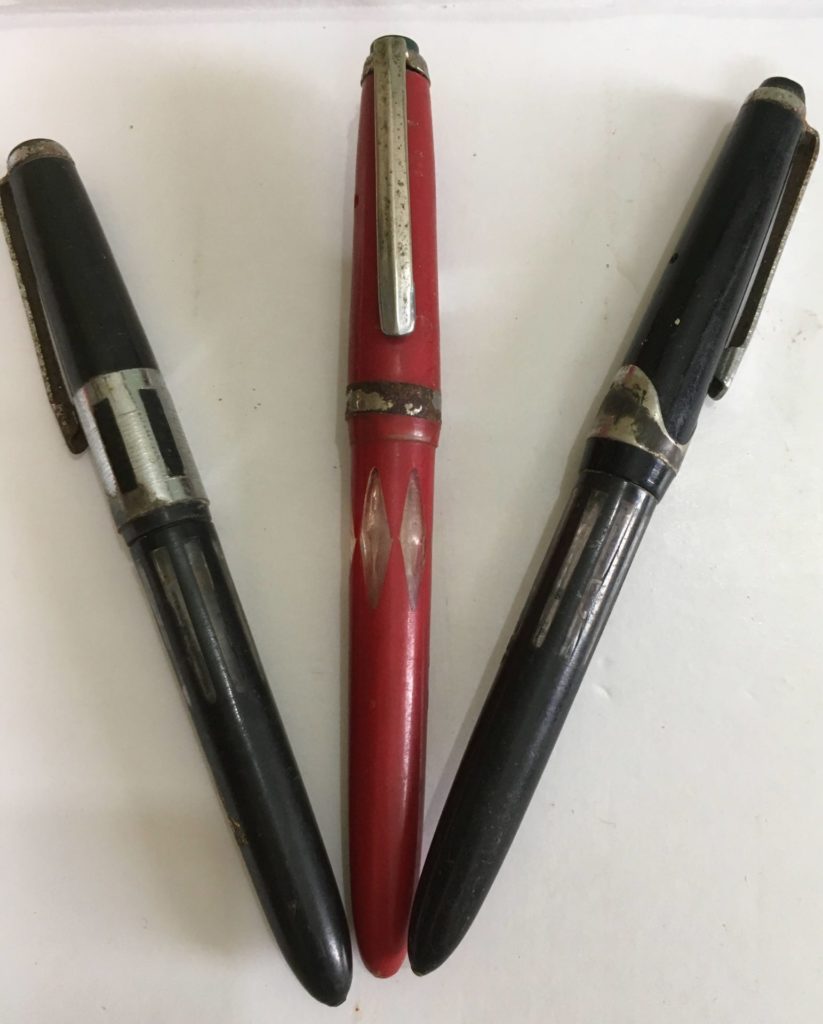





According to Mohobbot Mostofa, who has spent the last four decades plus in the trade, from students to professionals, people from different walks of life were dependent on fountain pens, which had created a huge demand, especially in the lower ends of the market. Such was the market dynamics, there were many pens that were made only to be sold in particular districts and once manufactured, entire lots were transported off to centres, entirely bypassing Dhaka, as such pens had no market in the Capital which preferred more expensive and branded products. These pens, mostly knock-offs were meant for and readily sold in the mass markets near schools and courts in the district towns.
Abdul Wahab, owner of Wahab Pen Industries, points out another reason for our apparent inability to be certain about the lineage of fountain pens – the unregulated nature of markets in the past, especially before the formation of Bangladesh. Many entities used to get pens made without the requisite permissions and were known to sell spurious products. According to old-timers in the know, such sellers used to get their pens manufactured in Calcutta which were then conveniently sold with the Made in East Pakistan / Bangladesh tag. Such pens used to come replete with the stamps as desired, mostly fake, which is why their roots are so hard to dig up. Besides, following the dictates of the market, same factories were also known to have churned our pens of multiple brands, which too have left no paper trail.
The last fountain pens were made in Bangladesh in 1998 after which again, there are no recorded activity. The machineries had remained for some time after that, which too were reclaimed by the ravages of time – unsung and unwept, like the fountain pen.
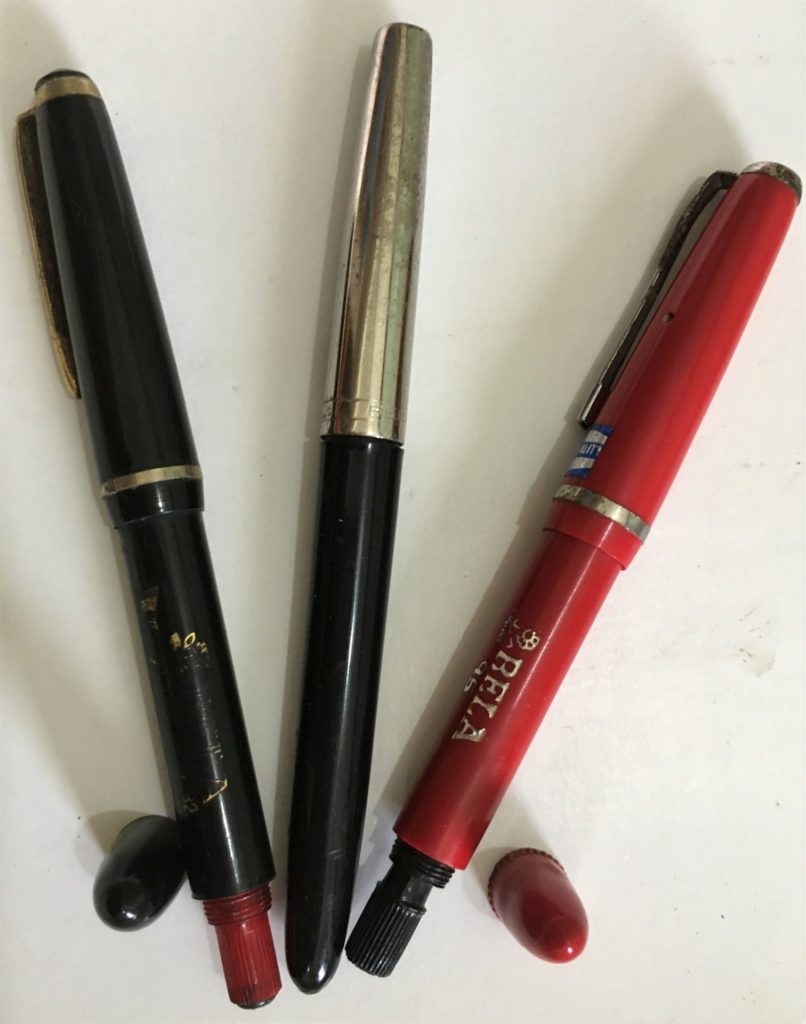

Diamond: Diamond pens had come out of Atashkhana Lane in Lalbagh. They had a long stint with their quality pens and modern designs. The entity had had lasted till the end of the twentieth century.
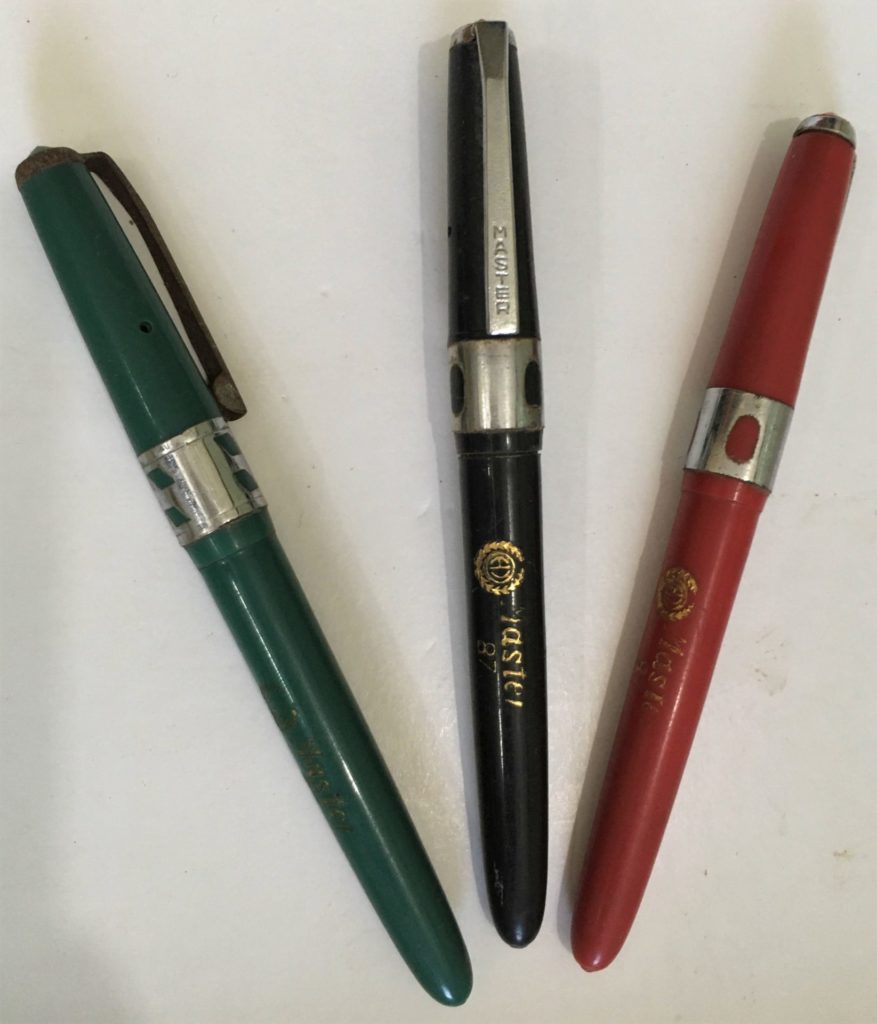
Master: According to Abdul Wahed of Bela pens, their manager Malek Mia, dismissed on charges of corruption had started his own setup with Master as its brand name. Master pen, however, had no connection with the Master brand of inks.
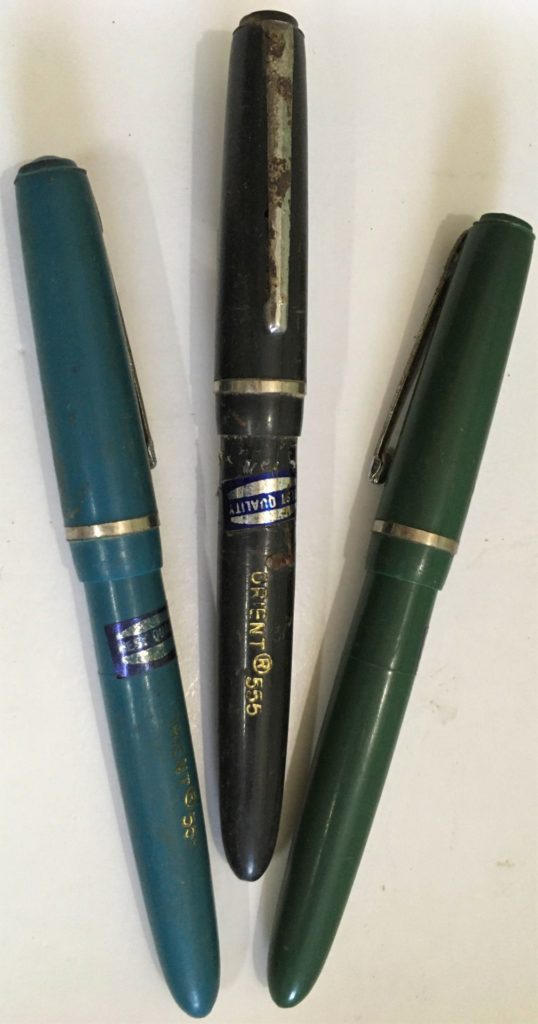
Orient 555: Established during the Pakistan period, the brand had survived well into the formation of Bangladesh though nothing much is known about the owners.

Sultan: Imamgonj, where the Bismillah Tower now stands, was where the Sultan Pen was founded. Their address was 148 Midford Lane where both their office and factory was located. Earlier, the Bismillah Tower was known as Ashraf Mansion. Kabir Pen Industries, makers of injection moulded pens was founded by Haji Md. Sharif. Wahed of Bela Pens and Sharif of Sultan Pens were cousin brothers.
 Amain babu is a television journalist by profession. However, his all-consuming passion is writing instruments and materials, to the extent that he chooses to introduce himself primarily as a fountain pen user and collector. He is one who is obsessed with chasing the past to dig through the sands of time in an unending quest for treasures that will defy the tests of the ordinary. His gaze fixed beyond the horizons, he is a soul dedicated to researching and curating the history of paper, pen and ink with a firm focus on Bangladesh. His work is inclusive and is aimed at spreading the dictum about the sustainability of the fountain pens, as a potent tool to reduce our ever-increasing carbon footprints. He is the initiator of a movement called Fountain Pen Culture which aims to connect the Bengali speaking population with the likeminded from around the world for a greater cause. He is never without is fountain pen, and is in a constant race to stretch the horizons, rueing that there is always so much more to do, with so little time!
Amain babu is a television journalist by profession. However, his all-consuming passion is writing instruments and materials, to the extent that he chooses to introduce himself primarily as a fountain pen user and collector. He is one who is obsessed with chasing the past to dig through the sands of time in an unending quest for treasures that will defy the tests of the ordinary. His gaze fixed beyond the horizons, he is a soul dedicated to researching and curating the history of paper, pen and ink with a firm focus on Bangladesh. His work is inclusive and is aimed at spreading the dictum about the sustainability of the fountain pens, as a potent tool to reduce our ever-increasing carbon footprints. He is the initiator of a movement called Fountain Pen Culture which aims to connect the Bengali speaking population with the likeminded from around the world for a greater cause. He is never without is fountain pen, and is in a constant race to stretch the horizons, rueing that there is always so much more to do, with so little time!
For more information: https://fountainpenculture.com/
Note: All photographs by Amain Babu
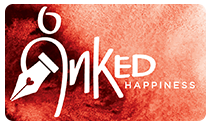
Good. But the write up does mot throw light on pens produced in the pre-1971 era when BD was East Pakistan.
খুবই তথ্যবহুল চমৎকার গবেষণাধর্মী একটি লেখা। পড়ে ভালো লাগলো। লেখকের কাছ থেকে এরকম আরও কিছু কৃতি গবেষণা আমরা আশা করি।
খুব ভাল লাগল। ছবিগুলো পেয়ে আরও ভাল লাগল। অনেক ধন্যবাদ।
I love the vintage pens shown here
লিখাটা পড়ে অনেক কিছু জানতে পারলাম, আমি জানতাম না যে আমাদের দেশে এতো গুলো ব্যন্ডের ঝর্না কলম তৈরি হতো